Content by Matthew Elliott

SDSU Basis Report: Monitoring Agricultural Market Dynamics
The SDSU Basis Report application provides an interactive platform for monitoring basis values, representing the difference between the cash price paid for grain locally and the nearby futures price.
South Dakota Ag Land Income Tracker
The South Dakota Ag Land Income Tracker is designed to estimate and display changes to the annual revenue per acre derived from standard agricultural practices on an average, unimproved cropland acre in South Dakota counties.

SDSU Extension publishes study on ag cooperative impact in SD, ND and MN
March 18, 2025
South Dakota State University Extension has published a study on the economic impact of agricultural cooperatives in the Upper Midwest.
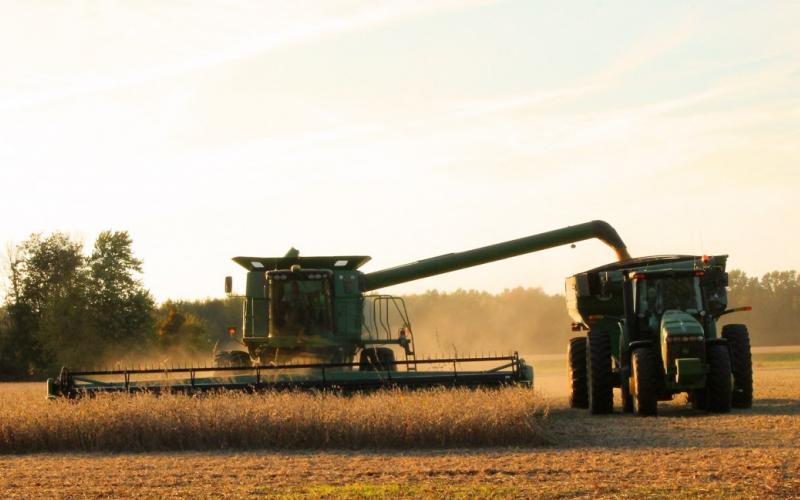
Evaluating the Economic Consequences of Possible Section 199A(g) Expiration of Agricultural Cooperatives in the Upper Midwest
A comprehensive evaluate of the potential economic impact of Section 199A(g) deduction sunsetting on agricultural cooperatives and rural communities.
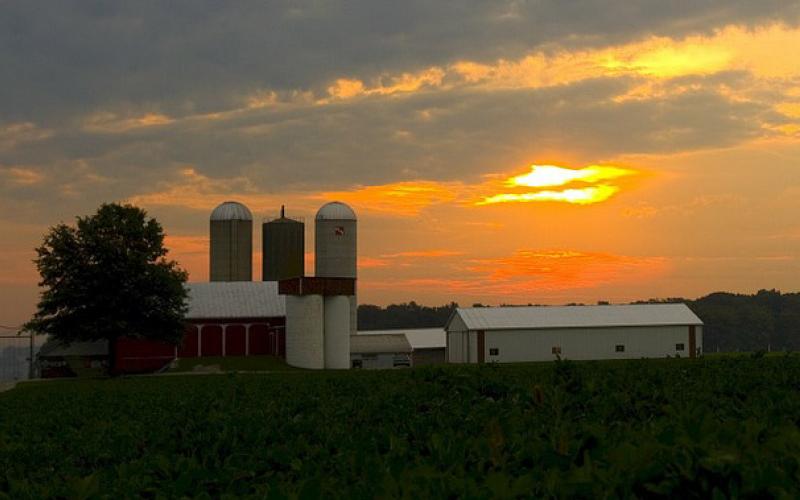
The Economic Impact of Cooperatives in South Dakota
This report estimates the economic impact of cooperatives in South Dakota in 2022. The report’s estimates are based on an input-output analysis from a South Dakota State University (SDSU) survey of cooperatives operating in South Dakota conducted in June of 2023.
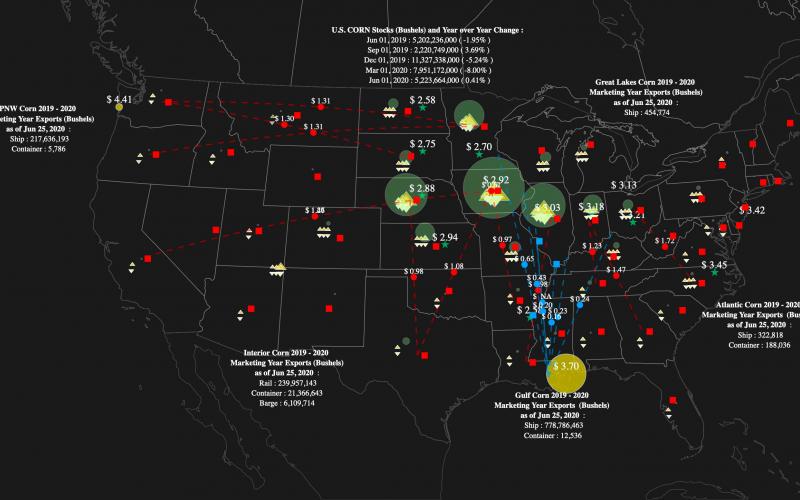
Interactive Grain Report Tool
The SDSU Extension Interactive Grain Report Tool provides a real-time and historical grain situation report for corn, soybeans, hard red spring wheat, and winter wheat. The tool gathers data on average state elevator cash bids, export cash bids, rail and barge costs, grain stock levels, rail cars loaded by state with grain, grain barge movements, and marketing year export inspections.
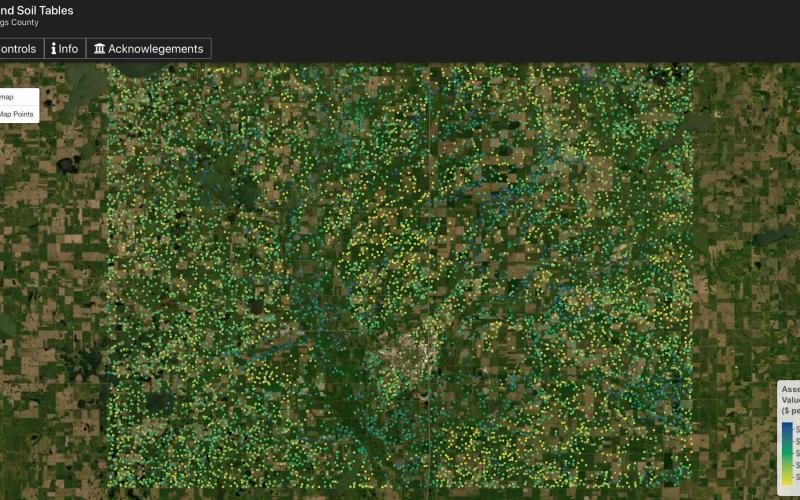
South Dakota Ag Land Soil Tables Tool
The Ag Land Soil Tables Tool allows users to view soil data and download data by county to further understand the soil rating system. It can help appraisers make baseline agricultural land assessments and determine if adjustments from baseline are needed.
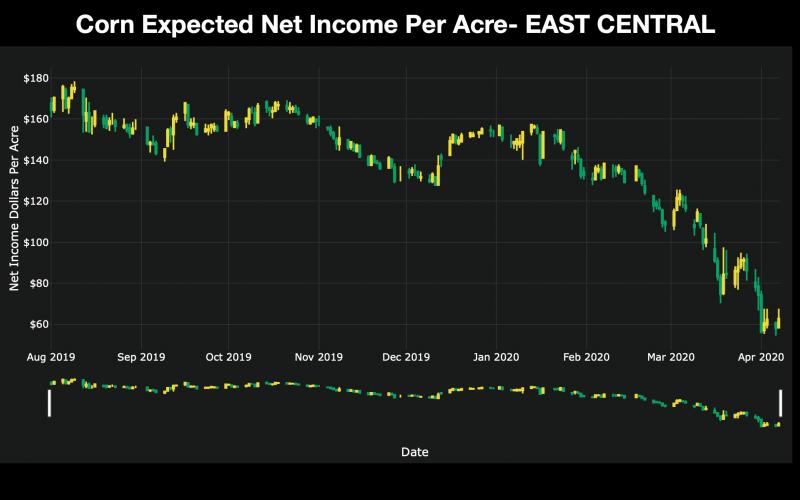
South Dakota Grain Net Income Tool
South Dakota producers can use the SDSU Extension Net Income Tool to monitor their expected net income per acre given their location, commodity of interest, and changes to market prices. The tool gathers the most-recent end-of-day market prices to determine the latest expected net income for wheat, corn, and soybeans in the different regions of the state.
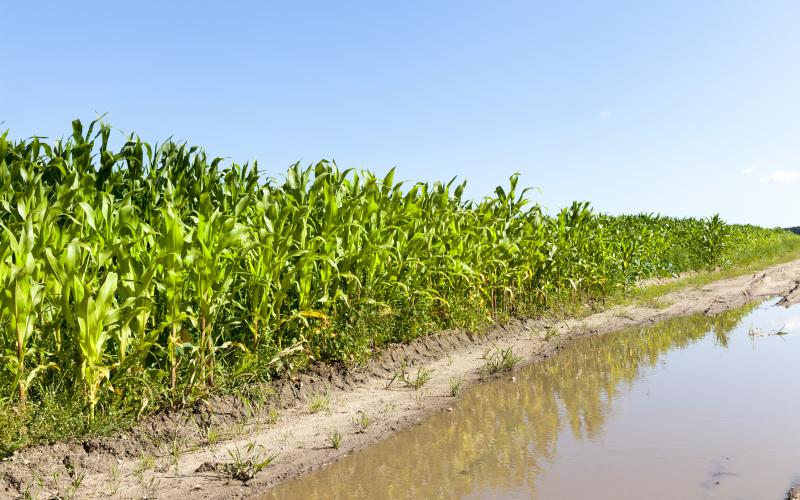
Ag Land Assessment
The Ag Land Highest and Best Use (HBU) study was funded by a special appropriation in the 2016 Legislative Session (HB1007).

USDA-ARMS Survey Data: Benefits for university agriculture research & outreach
Conducted since the mid-1990s, the USDA Agricultural Management Resource Survey (ARMS) is a multi-phase, multi-level nationwide survey of agricultural producers that collects information on a large sample of farms and their characteristics.